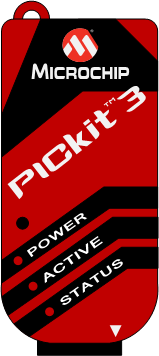N7DDC ATU 7x7
1 Scope
Corona makes me tinker. I found a ATU kit that was decently cheap and seemed easy enough but had some challenges though:
- My first SMD project
- My first PIC project
And since this ATU was decently small, and cost me just 35 Euros, I decided to build ist.
2 The Kit
I purchased it from Ebay, and it took several weeks to be shipped from China. But after a few weeks the package was there, including almost everything I needed.
Let me point out that there are still some lessons learned:
- Always, really always ensure that you are using the right components with the right sizes. Even though the Chinese company wrote the capacities and resistances on the SMD strips, there were two components I couldn't figure out what those tiny little SMD things were, and I was for sure missing 68k resistors. So I purchased another couple of strips on Ebay.
- SMD is not always like SMD, but there are very different sizing formats. The kit mostly comes with 0603 type of SMD devices. That's still big enough to see them, but already too small to work with precision. You need a magnifier glass and since I am far sighted I needed my reading glasses on top.
- Always use soldering gel (kolophonium), particularly if you are soldering SMD ICs such as microcontrollers. The kolophonium makes sure that the pins remain on the pads. Then just take the soldering iron needle and tough the pins quickly and gently so that the solder gets liquid. That should be sufficient for a good connection without bridges.
- According to the documentation the inductances should have specific values. I do have a good LCR meter, but I wasn't able to measure them. Small inductances are difficult to measure.
Finally, the board was not too difficult after all. I managed to solder everything in just like fiven in the documentation.
3 The Programmer
According to the documentation, you need a PIC programmer called PICkit3. You can download this programmer from here:
http://ww1.microchip.com/downloads/en/DeviceDoc/PICkit3%20Programmer%20Application%20v3.10.zip
And off course you need the original PICkit3 programmer device:
Here is how to use it:
https://microchipdeveloper.com/pickit3:start
